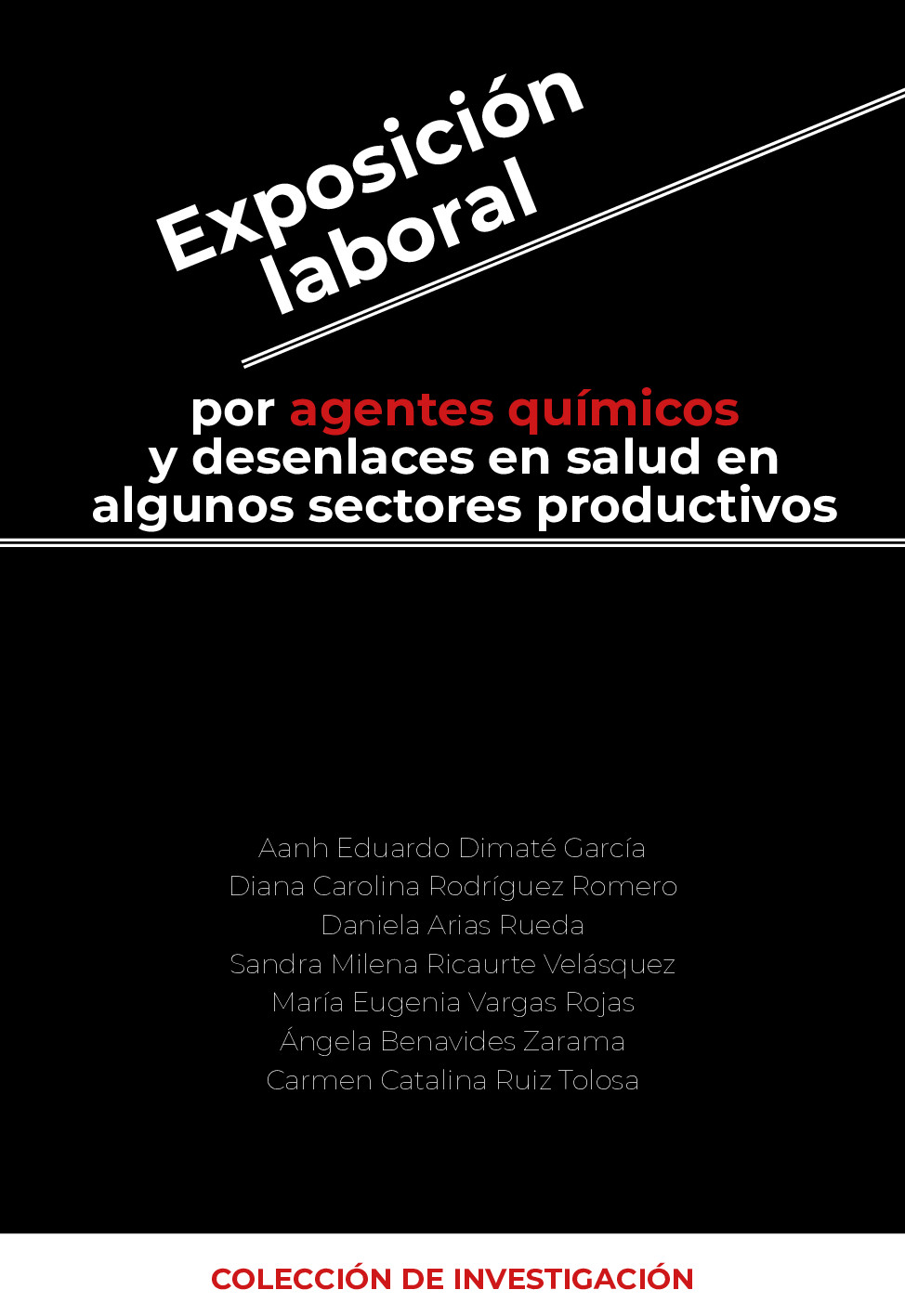Resumen
Introducción: el presente estudio busca determinar los valores promedio y la correlación de la razón A/CA, mediante evaluación con el método del gradiente y el de las heteroforias. El A/CA promedio con el método del gradiente y de las heteroforias fue de 1:3.15 y 1:4.89 respectivamente. Métodos: se calculó el A/CA con el método del gradiente empleando lentes de +1.00, -1.00, -2.00 y -3.00 dioptrías. Para medir las heteroforias habituales e inducidas se empleó el método de Von Graefe con los prismas de Risley en el foropter y se acomodó un hilera de letras que subtendían una AV para VL de 20/40y para cerca (0.4m) de 20/30 en el rotochart. Se evaluó la distancia interpupilar para visión próxima empleando un transiluminador ubicado a 40cm y centrando la reglilla con la primera imagen de Purkinge para cada ojo Resultados: la correlación del A/CA evaluado con ambos fue de 0.162 (Spearman), y con la primera técnica entre los diferentes lentes estímulo fue mejor entre -2.00 y 3.00 D (r=0.771) y más deficiente con +1.00 y -1.00 D (r=0.149). La distanciainterpupilar promedio fue de 60 mm y la correlación con el A/C Heteroforias fue muy deficiente (r=0.292). Conclusiones: se encontraron valores promedio inferiores a los citados porla literatura con ambas técnicas; poca correlación entre los dos métodos y variabilidad en los resultados con el método del gradiente, al emplear diferentes lentes estímulo; el menor valor promedio hallado con el método de las heteroforias se deba a la menor distancia interpupilar.
Abstract
Introduction: This study looks forward showing the average values and the correlation of the reason A/CA throughout the evaluation with the gradient and the heterophorias. The rough A/CA found with the gradient and heterophorias method were 1:3.15 and 1:4.89 respectively. Methods: The A/CA was calculated with the gradient method, using lenses of +100, - 100, -200 and -3.00 dioptre. To measure the habitual and the induced heterophorias we used the Von Graefe method with Risley prisms in the foropter and a row of letters was laid and subtending one AV to VL of 20/40 and near (0.4m)of 20/30 in the rotochart. The interpupilar distance was evaluated for averted vision, using a UV light source located 40 cm and centering the measurer with the first Purkinge image for every eye. Results: The A/CA correlation evaluated with both was 0.162 (Spearman), andwith the first technique among the different stimulating lenses was better between – 2.00 and 3.00 D (r = 0.771) and less efficient with 1.00 and – 1.00 D (r =0.149). The average interpupilar distance was 60 mm and the correlation with the A/CA Heterophorias was very deficient (r= 0.292). Conclusions: We found lower average values than the ones stated in the literature with both techniques; low correlation between the two methods and variability among the results with the gradient, when using different stimulating lenses; the less value found with the heterophorias method is due to the less interpupilar distance.
Key words: Methods, Forias, Convergence, Ocular, Pupil Disorders
Licencia
Los autores deben declarar la no existencia de conflictos de intereses ya sea por motivos de financiación del proyecto del cual es resultado el artículo; así como por motivos intelectuales, académicos, morales e investigativos.
La Revista de Investigaciones Andina se acoge a las normas éticas para publicaciones dadas por el COPE: http://publicationethics.org/resources/code-conduct

 PDF
PDF
 FLIP
FLIP




















